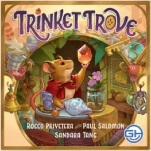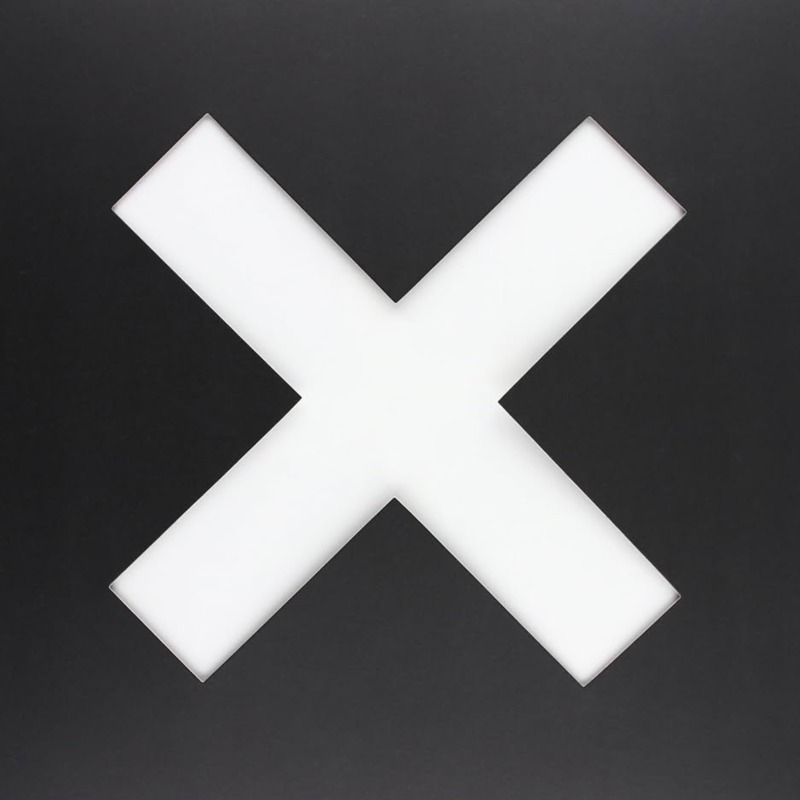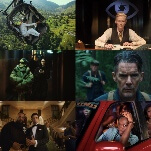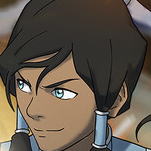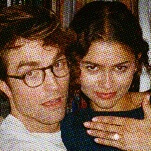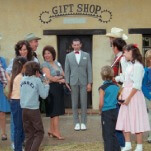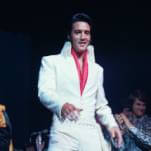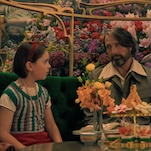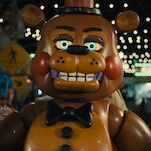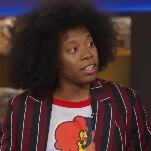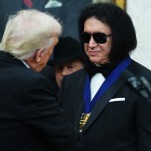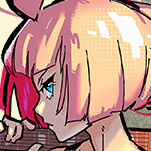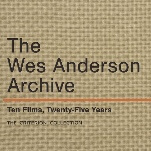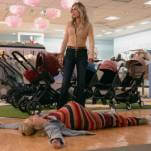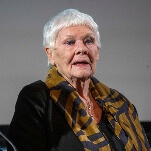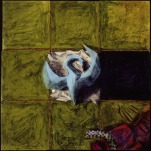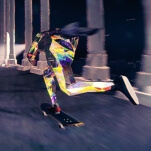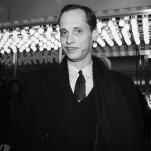Americana is less of an indie homage than it is an annoying imitation
As superficial a take on Tarantino and Coen-style indie crime as the freckles and Party City wig on Sydney Sweeney.
Photo: Lionsgate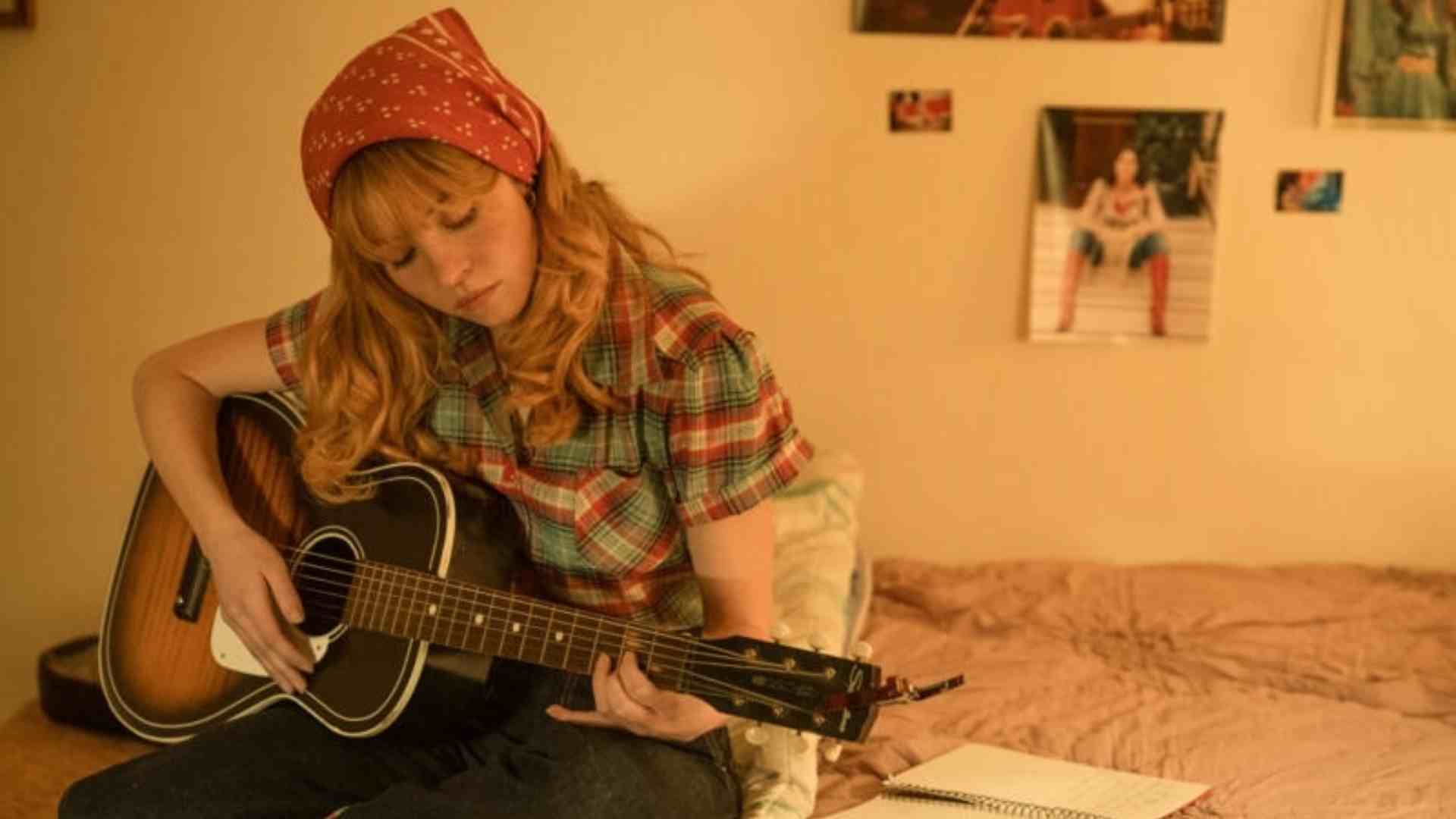
Americana is very much the brainchild of the showrunner of Poker Face. Both Poker Face and Americana wear their influences proudly on their sleeves: Serialized crime dramas like Columbo paved the way for Natasha Lyonne’s Charlie Cale, just as the impact of ’90s neo-noir can be felt blatantly on Americana. The feature debut of writer-director Tony Tost, about five character threads all brought chaotically together by a single crime and the priceless artifact at the center of it, simultaneously embraces its status as a copy of a copy while also attempting to satirize that very product—the kind of movies made by countless young filmmakers who want to be the next Tarantino while only possessing the ability and desire to emulate. The irony is that Tost doesn’t have the finesse to execute such an endeavor either, so Americana falls in the mundane middle between satire and sincerity.
The neo-Western kicks off with a chapter title and a non-chronological opening sequence (both very Pulp Fiction), in which abusive father and career criminal Dillon MacIntosh (Eric Dane) is knocked unconscious by his much younger wife Mandy (Halsey), who then peels off in their car knowingly carrying stolen goods while promising their young son Cal (Gavin Maddox Bergman), that she’s doing what’s best for the two of them. After Mandy disappears and Dillon wakes up enraged, Cal, a classic Western obsessive who believes he’s the reincarnation of Sitting Bull, shoots his father in the neck with a toy bow and arrow, killing him. There’s no real reason for this scene to be presented out of sequence, other than to jumpstart Americana with a narrative jolt—more confusingly, the scene is eventually repeated verbatim, as if to remind feeble-minded viewers of what happened 40 minutes prior.

